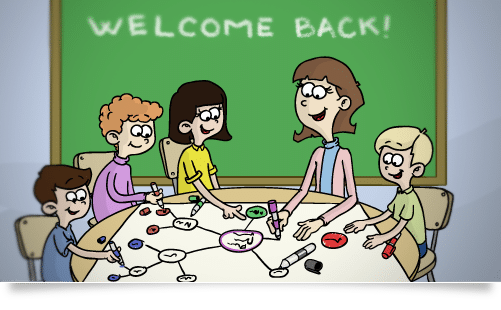
The world today relies more and more on people collaborating to solve various kinds of problems. In this context, across all grades and subjects, school culture should focus on modelling teachers’ and students’ collaborative problem-solving.
Collaborative planning for teachers
Step 1. Find a collaboration partner
Step 2. Get resources – if there aren’t internal grants available at your school, search for external grants and resources that meet the needs of your collaborative project.
Step 3. Set up and develop the curriculum with your grade-level team

Step 4. Use informal spaces for collaboration.
Building student collaboration
-
- Kids need to learn to collaborate and appreciate what others are saying. They also need to learn how to push back if need be, be reflective about their own understanding and build approaches with other people.
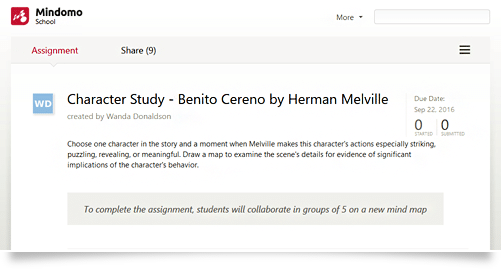
Step 1. Create a group-work problem – this should relate to a goal that’s difficult to accomplish alone, thus the reason for a group assignment. You can think of an element of discovery and curiosity, or try something that connects to a piece of literature.
Step 2. Be flexible in forming groups – let students choose with whom they want to work with and just advise them on the strategy.
Step 3. Establish student roles – for literature assignments you can assign several roles like the researcher, the facilitator, or the wordsmith role. You can also have the interpreter, the critic, the summarizer, the checker, the artist, or the vocabulary helper roles. All in all, each student should have his own area of expertise so that the end result is rigorous and complete.

Step 4. Individual and collective assessment – though the final result might be good, some students might not have contributed sufficiently. Or vice versa. You need to know exactly who did what in order to properly assess each group’s activity. Try to provide specific, timely feedback and to make it available to the entire group.
Step5. Build comfort around speaking in front of the classroom – students need to practice public speaking, so set up a classroom debate. Give each group the possibility to explain their thinking process while completing the assignment, and to answer their colleagues’ questions.
Collaborative teaching challenges teachers to provide diverse learning environments for their students. Collaborative learning means students will be working together to construct knowledge that did not exist before their collaboration. We’d love to hear if you have any plans or ideas on how to use the power of collaboration in your classes. Plus, if you need some tips on how Mindomo can help, we’re here to assist you.
Keep it smart, simple, and creative!
The Mindomo Team


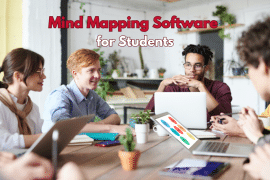


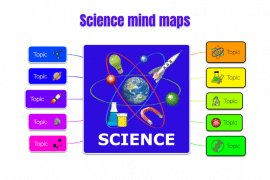
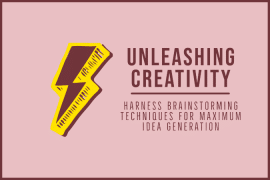
1 Comment
I plan on involving 2 other colleagues and a cohort of 20 or so students, together taking two or three courses that are linked by a theme – something like “the environment”. I teach Biology, and I guess the other colleagues could be teaching Political Science and English. Each week we can provide a one-hour seminar for the cohort in which we jointly discuss connections, similarities, and differences between the content and objectives of the courses. Giving students group assignments like you suggested, maybe in Mindomo,seems a great idea.